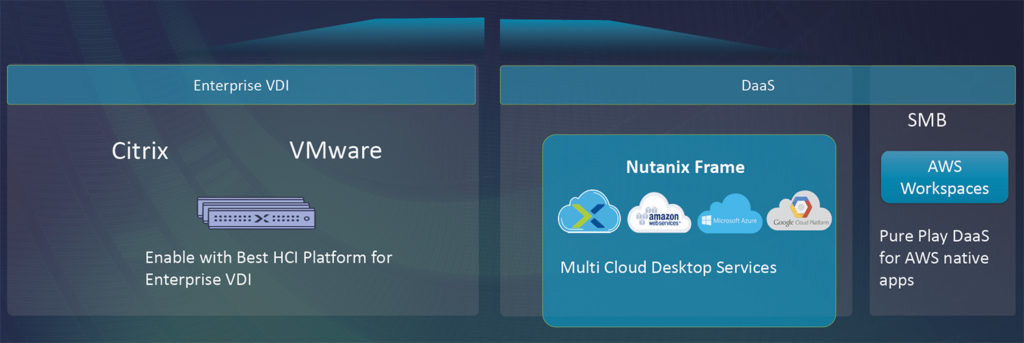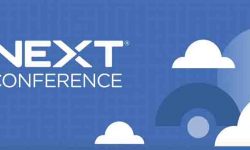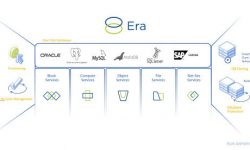Frame was one of the first cloud-based DaaS suppliers on the market before Nutanix bought it. This meant that businesses may pay for a fully managed virtual desktop for a certain number of hours each month. Users of companies might use it to access a cloud-based desktop from Azure or AWS using a simple interface.
Following the acquisition of Frame, Nutanix expanded the support for the Xi Frame DaaS offering to include Google Cloud and Nutanix's own HCI platform. For businesses that want to bring their own Microsoft Azure or AWS tenants, as well as in hybrid settings, Nutanix has added extra networking configuration options.
Nutanix claims that its teams are working hard to make building virtual desktops simple for those who aren't VDI specialists. Customers will be able to use a cloud control plane that is designed to move at a quicker pace, with numerous 1-click operations.
Nutanix joined the end-user virtualization market when it bought Frame, a desktop-as-a-service provider, and it has improved the Frame platform significantly, making it a more viable enterprise solution.
Administrators may find it difficult to compare Nutanix Frame to Citrix or other major desktop as a service (DaaS) providers, but knowing the feature sets, integrations, and capabilities of each platform is critical before selecting a DaaS provider.
Users may now access applications using progressive web apps (PWAs), which are basically online applications that IT can install on local devices, thanks to Nutanix's improvements. IT may also utilize Frame's native API interface to connect virtual desktops and applications into bespoke web-based processes. Standard authentication methods like as SAML and OAuth2 are supported by Nutanix Frame.
Frame began as a pure-cloud DaaS service, but it now has major connectors for identity management, such as Ping and Okta, as well as cloud-based storage, such as Google Drive, Box, and Dropbox.

While many IT managers will find these features useful, businesses comparing Nutanix Frame vs. Citrix Managed Desktops should keep the following aspects in mind. Apart from their HCI platform, Nutanix Frame lacks interoperability with private cloud systems or hypervisors with its newer entirely cloud-based strategy. Users are confined to the restrictions of the present implementation of HTTP and the browser because Frame is browser-based. The browser-based method, unlike a traditional Windows-based native client, may limit peripheral device support.
As more services become cloud-native and web-based, Nutanix Frame's integration blind spots may become less of an issue. Major technological service providers are investing in HTTP/3, a new protocol that will make the transition easier. In the long term, these enhancements will provide Frame a better end-user experience, but anybody comparing Nutanix Frame vs. Citrix Managed Desktops should keep in mind that they are now limited by the browser restrictions of the underlying OS.
You may use your browser to access your virtual desktop with Nutanix. This eliminates the need for downloads, making the procedure considerably easier. Any HTML-5-capable browser should function, including popular alternatives like Firefox, Safari, and Google Chrome.
Security
One of the primary reasons organizations utilize virtual desktop services like Nutanix is security concerns. You won't have to worry about anyone accessing your devices and potentially stealing or compromising vital data because your applications and data are kept in the cloud.
Instead, all user data and files are kept in secure data centers. They're only used while you log in to a virtual computer, and all local data is erased after your session ends. To prevent unwanted access, many authentication techniques can be combined. To further improve security, you can employ strategies like IP address whitelisting and two-factor authentication (2FA).
Nutanix Frame, being one of the most popular DaaS platforms, does not disappoint. It's a user-friendly solution that lets you set up virtual desktops and computers in a simplified, easy manner. The user interface is appealing, and you can access your virtual machines straight from your web browser. There are also various pricing choices that allow for scaling as needed. At the end of the day, there's a lot to like about Nutanix Frame, and if you're looking for an advanced DaaS solution, we'd definitely recommend giving it a try.
Finally, Nutanix Frame's scalability is exceptional. In less than an hour, the business says, up to 10,000 users may be supplied on a single account. We've found nothing to imply that this assertion is false, therefore it's a viable alternative for major corporations.









